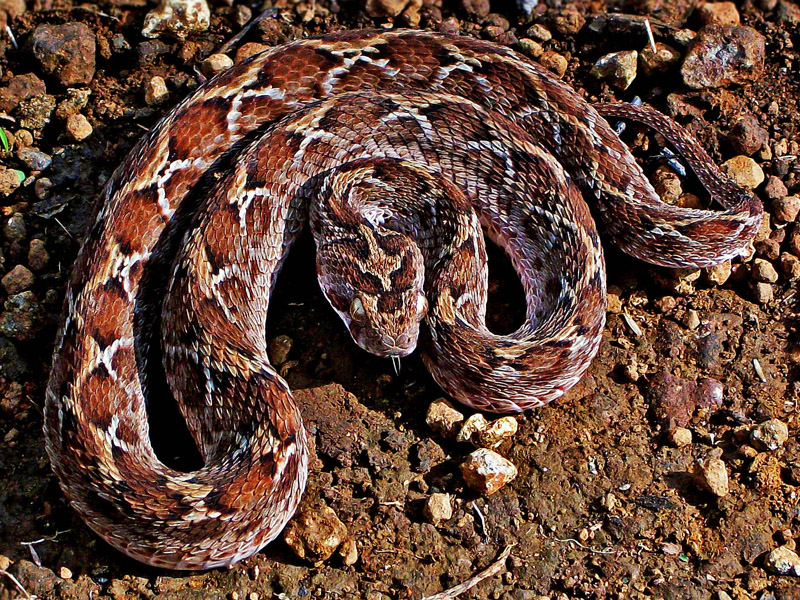Names of the Principal Snakes Involved in the Tryst With Garuda

Table of Contents (The Complete Mahabharata in Simple English)
Previous Post: Garuda Frees His Mother From Slavery
| Note: In the previous post, we read about how Garuda freed his mother from slavery without allowing the snakes to drink the amrit. In this post, we will find out the names of the principal snakes involved in the adventure with Garuda. You will undoubtedly recognise some of them, while others may be unfamiliar. But I’m sure you will enjoy reading the names you are already familiar with and also enjoy getting acquainted with more names. |
As you will recall, the Mahabharata was narrated by Ugrasrava Sauti to the ascetics in Naimisha Forest headed by Saunaka Kulapati. After hearing Garuda’s story, Saunaka Kulapati said, “O Sauti, you have told us why the snakes were cursed by Kadru, you have told us why Vinata was cursed by her elder son, and you have told us about Sage Kasyapa’s boons to Kadru and Vinata. You have also told us the names of Vinata’s two sons, however, you have not told us the names of Kadru’s sons. We are eager to learn the names of the principal snakes.”
Sauti replied, “O great one whose wealth is asceticism, I’m afraid the list of the snakes is very long. I will tell you the names of the chief snakes.”
Sauti told the ascetics the following names:
- Shesha was the first snake to be born.
- The second snake was Vasuki.
- The snakes born after Vasuki were, Airavata
- Takshaka
- Karkotaka
- Dhananjaya
- Kalakeya
- Mani
- Purana
- Pinjaraka
- Elapatra
- Vamana
- Nila
- Anila
- Kalmasha
- Savala
- Aryaka
- Ugra
- Kalasapotaka
- Suramukha
- Dadhimukha
- Vimalapindaka
- Apta
- Karotaka
- Samkha
- Valisikha
- Nisthanaka
- Hemaguha
- Nahusha
- Pingala
- Vahyakarna
- Hastipada
- Mudgarapindaka
- Kamvala
- Aswatara
- Kaliyaka
- Vritta
- Samvartaka
- Padma
- Mahapadma
- Sankhamukha
- Kushmandaka
- Kshemaka
- Pindaraka
- Karavira
- Pushpadanshtraka
- Vilwaka
- Vilwapandara
- Mushikada
- Sankhasiras
- Purnabhadra
- Haridraka
- Aparajita
- Jyotika
- Srivaha
- Kauravya
- Dhritarashtra
- Sankhapinda
- Virajas
- Suvahu
- Salipinda
- Prabhakara
- Hastipinda
- Pitharaka
- Sumuksha
- Kaunapashana
- Kuthara
- Kunjara
- Kumuda
- Kumudaksha
- Tittri
- Halika
- Kardama
- Vahumulaka
- Karkara
- Akarkara
- Kundodara
- and Mahodara.
After naming the chief serpents, Sauti said, “O best of ascetics, I am not naming the other snakes because it will be very tedious for you to hear so many names. All the snakes including the sons and grandsons of Kadru’s children are innumerable. There are millions of snakes in this world.”
| Note: In the next post, we will find out how Kadru’s eldest son, Shesha, came to support the earth on his hood. As you will soon read, the description of Shesha supporting earth is uncannily similar to the earth’s axis. |
Table of Contents (The Complete Mahabharata in Simple English)
Next Post: Shesha Naga Performs Ascetic Penances to Get Away From His Siblings
